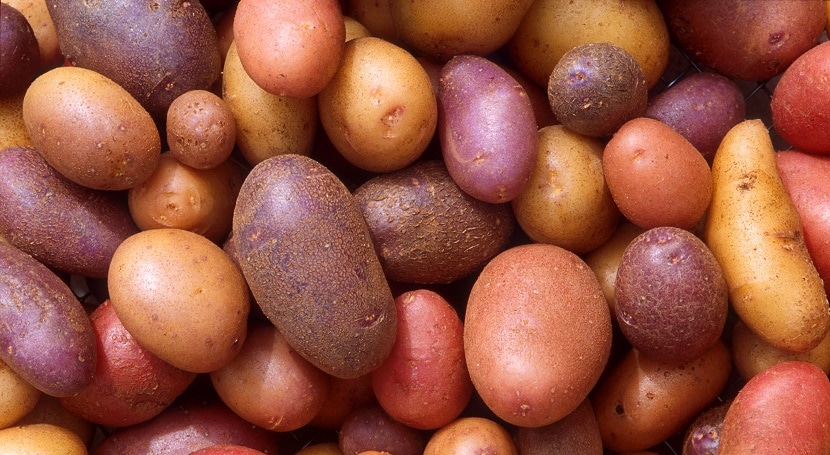THE BEST OF OUR LAND!
One nation, one feeling, multiple flavors
When we were children, we grew in love with Mother's food, waiting anxiously for lunch or dinner to finally sit with the family to enjoy the delicious gift of the day ...
Wondering how our food was so delicious? Was it due to the magic of Mom's hands? What was the secret? Where did all the ingredients that are on my plate come from? Very difficult to understand perhaps for a child of 7 or 8 years old, but time flies, you grow and you discover why we had such a delicious food and the answer was there, everyone said, you always listened to it, you were always living within the answer and that answer was called Peru.

Be welcome to know a millenarian culture full of history and flavors.
Our country was the homeland of many native cultures, pre-Incas (before 1400) and Incas (1400-1532). From the beginning, Peruvian culture was full of wealth and variety in its people and its land. The central Peruvian Andes were the largest plant domestication center in the ancient world. These were the beginnings of the gastronomy as we know it.
With the knowledge of the multiple cultures that inhabited the Andes, which would later be gathered by the Inca empire, a peculiar gastronomic form was formed that blended the culinary individuality of these cultures. In this way this part of our history identifies Peru as a gastronomic country that would become part of stories and the permanent culture of our history.

The central Peruvian Andes stood out in the variety, with native species such as corn, tubers with three thousand five hundred varieties of potato, many of sweet potato, "yuca" or cassava, oca, maca; grains (quinoa, kiwicha or amaranth, cañihua, fruits such as chirimoya, lucuma, pacae, tomato, pumpkin, avocado, tumbo, elder, legumes such as beans, pallares, peanuts and an infinity of aromatic herbs.
Before the European arrival, the Peruvian geography housed a great variety of cultures, all conquered by the Inca Empire, each of which had particular gastronomic characteristics, although there were some generalities, according to the chroniclers of the conquest. For example, the main condiments were aromatic herbs, cocha yuyo (a type of river algae), salt and, above all, chili, called uchu in Inca times and considered today a fundamental element of Peruvian cuisine.

With the arrival of the Spanish, Andean food was merged with European influence, creating new flavors, new recipes and of course, new crops. Products like: Lime, onion, beef, chicken, etc. were adopted by the Peruvian culture in the 300 years of colony that Peru lived. Africans who were brought by spanish to be slaves during the colony, brought different recipes and a new way to cook, as well.
After the proclamation of independence (1821) We had the migration of the Chinese to Peru in 1849 and the Japanese in 1899, bringing with them multiple recipes and products which would enrich Peruvian gastronomy. Italians, french migrations, some years later, gave to Peruvian cuisine a touch of more elegance and style. Due to all these migrations from many countrys in the world, we can say peruvian cuise is a fussion of 4 continents! 

What does Haku Tours do to promote peruvian gastronomy?
We organize a cooking class experience, visiting local markets in Lima, to give a local experience to all the tourists who come with us. We don't want tourists to eat only, we want them to have the experience to live a moment like a typical peruvian family day: going to the markets, washing potatoes, chopping onions, etc. It's another way to live and know our wonderful culture. We are with a tour guide and a professional cheff to give tourists an unforgetable adventure!!!!
Peru, the best gastronomic destination in the world gives you a very nice welcome!!! We share some pictures of our adventures.
Jean Paul Grillo
Haku Tours' Tour Guide
October 20th, 2017

Nice and interesting information and informative too.
ResponderEliminarCan you please let me know the good attraction places we can visit: Europe tour packages price